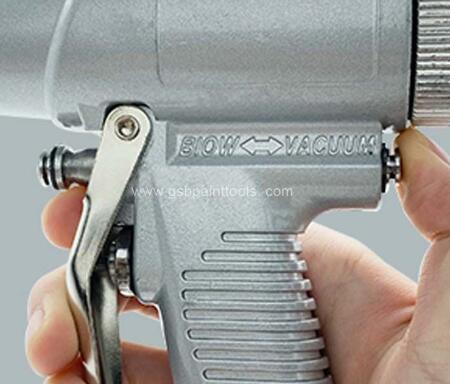Do Electric Paint Sprayers Work Well? A Comprehensive Guide
When it comes to painting projects, efficiency and effectiveness are key. Traditional brushes and rollers have long been the go-to tools for painting, but with the advent of technology, electric paint sprayers have gained popularity. However, you may be wondering, do electric paint sprayers work well? In this comprehensive guide, we will explore the benefits and drawbacks of electric paint sprayers, helping you make an informed decision for your painting needs.
Understanding Electric Paint Sprayers
Electric paint sprayers are handheld devices that utilize electrical power to spray paint onto surfaces. They work by atomizing the paint into tiny droplets and propelling them onto the desired area, resulting in a smooth and even finish. These sprayers are often used in both residential and commercial applications, offering convenience and time-saving advantages.
The Benefits of Electric Paint Sprayers
1. Speed and Efficiency
One of the major advantages of electric paint sprayers is their ability to cover large areas in a short amount of time. Unlike traditional brushes or rollers, which require repetitive strokes, electric sprayers release a fine mist of paint, evenly coating the surface with minimal effort. This speed and efficiency make them an ideal choice for projects that involve painting large spaces or multiple surfaces.
2. Smooth and Even Finish
Electric paint sprayers provide a professional-quality finish with smooth and even coverage. The atomized paint particles create a thin layer that adheres evenly to the surface, eliminating brush marks and roller stippling. Whether you're painting walls, furniture, or other objects, electric sprayers can help achieve a flawless result.
3. Versatility
Electric sprayers are versatile tools that can handle a variety of paint types, including latex, oil-based, and water-based paints. They can also be used for different projects, such as painting walls, ceilings, cabinets, fences, or even outdoor structures. With adjustable settings and nozzle options, electric sprayers allow you to customize the paint flow and pattern according to your specific needs.
4. Accessibility and Ease of Use
Unlike airless or HVLP (High-Volume Low-Pressure) sprayers, electric paint sprayers are generally more accessible and user-friendly. They are lightweight, portable, and easy to maneuver, making them suitable for both experienced painters and beginners. Additionally, cleaning and maintenance are relatively simple, ensuring hassle-free operation throughout your painting project.
Drawbacks of Electric Paint Sprayers
While electric paint sprayers offer numerous advantages, it's important to consider their limitations as well.
1. Overspray
One common drawback of electric sprayers is the potential for overspray. Since the paint is propelled by air pressure, it can disperse beyond the intended target area. This issue can be mitigated by using proper masking and covering techniques, ensuring nearby surfaces are protected.
2. Preparation and Cleanup
Using an electric paint sprayer requires adequate preparation to protect surrounding areas from overspray. This includes taping off edges, covering furniture, and using drop cloths. Additionally, thorough cleanup is essential after each use to maintain the sprayer's performance and longevity.
3. Learning Curve
While electric sprayers are generally user-friendly, there is still a learning curve involved in achieving optimal results. It may take some practice to master the technique of maintaining consistent distance and speed for even coverage. However, with patience and practice, most individuals can quickly adapt to using electric paint sprayers effectively.
Tips for Using Electric Paint Sprayers
To ensure the best results when using an electric paint sprayer, consider the following tips:
Read and follow the manufacturer's instructions carefully.
Practice on a scrap piece of material to get a feel for the sprayer's settings and spray pattern.
Use proper safety equipment, including goggles, gloves, and a mask, to protect yourself from paint fumes and particles.
Maintain a consistent distance of 6-10 inches between the sprayer and the surface for even coverage.
Apply paint in multiple thin coats rather than one heavy coat to prevent drips and runs.
Clean the sprayer thoroughly after each use to prevent clogs and ensure optimal performance.
Conclusion
In conclusion, electric paint sprayers can indeed work well and offer numerous benefits for your painting projects. Their speed, efficiency, versatility, and ability to provide a smooth and even finish make them a valuable tool in the hands of both professionals and DIY enthusiasts. While they may have some drawbacks such as overspray and a learning curve, these can be overcome with proper technique and preparation. By following the tips mentioned above, you can maximize the performance of your electric paint sprayer and achieve outstanding results. We are a electric paint sprayer supplier. If you are interested in our products, please contact us now!
















